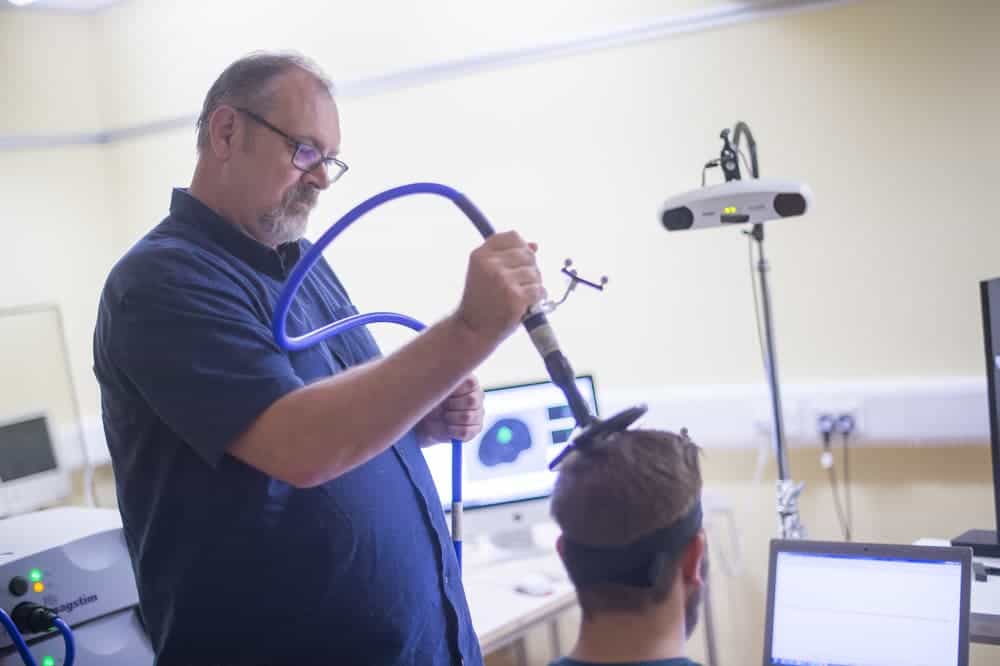Why do we yawn when we see someone else doing the same? And why, despite trying to shut it down, all we can manage is that stifled half-yawn? According to a new research paper looking into the origin of contagious yawning in the brain, it’s because you literally can’t resist. The behavior is hardwired so deep into our motor cortex that trying to stop a yawn actually makes us more likely to do it.

We don’t really know why we yawn. Our best theory is that we do it to cool our brains down, based on the motions we go through to yawn and the observation we do it more often in winter than summer. Common wisdom says we do it when we’re sleepy, or bored — so school should be a prime yawning-spot. Which, I think we all know from personal experience, it certainly is.
There may be one other element at work here, however. Yawning is also extremely contagious. All it takes is for one kid to yawn, and it will catch like wildfire with his classmates. And this later tidbit has had scientists puzzled for a long time now. In search of answers, University of Nottingham’s Professor of Cognitive Neuroscience in the School of Psychology, Stephen Jackson, led a research effort peering into the human brain to see just what makes yawning so contagious.
Yawn-a-tron
Contagious yawning is not the only form of echophenomena (automatic imitation, or ‘echoing’, of words or actions) we know of, but it’s by far the most common. We do know that other animals, such as chimps or dogs, do it too, and that it somehow ties into conditions linked with conditions which mess with our brains’ excitability, such as Tourette’s, autism, or epilepsy — the occurrence of echophenomena can hint at such conditions. Finally, we know that for the behavior is highly dependent on the social setting — for a yawn to become contagious, you need to actually see and pay at least some attention someone else doing it.
We don’t know why we do it, and we don’t know what bits of our brains make us do it — which is what the team set out to discover. They recruited 36 adult participants and showed them video clips of other people yawning, instructing them to either try and stifle the yawn or let it rip. All the while, the researchers used transcranial magnetic stimulation (TMS) to poke targeted areas of their brains into action, in an attempt to gauge which areas make yawns contagious. The participants were videoed throughout the experiment so the team could count their yawns later on, and the intensity of their yawns was continuously recorded.
Deep in the brain

Image credits University of Nottingham.
By quantifying motor cortical excitability and physiological inhibition for each participant, the team was able to predict each participant’s propensity for contagious yawning. The fact that TMS readings of the motor cortex proved to be such accurate predictors of the behavior suggests that this area of the brain has a key role to play in the behavior, possibly in echophenomena at large.
To test out their theory, the team then stimulated the motor cortex through TMS and found that it would artificially increase participant’s propensity for contagious yawning.
“If we can understand how alterations in cortical excitability give rise to neural disorders we can potentially reverse them,” Professor Stephen Jackson said. “We are looking for potential non-drug, personalised treatments, using TMS that might be affective in modulating inbalances in the brain networks.”
“We suggest that these findings may be particularly important in understanding further the association between motor excitability and the occurrence of echophenomena in a wide range of clinical conditions that have been linked to increased cortical excitability and/or decreased physiological inhibition such as epilepsy, dementia, autism, and Tourette syndrome.”
Another surprising finding was that when participants tried to stop themselves from yawning, they further increased the ‘urge’ they felt to yawn. So the next time you feel an urge to yawn, it’s easier to just let it happen.
If you’re in school, the safest bet is probably to be inconspicuous about it. Though, trying to see how many people you can get in on the yawn plague is also a fun way to start your day.
The full paper “A neural basis for contagious yawning” is can be read on the University of Nottingham’s website.


